Customer data helps your small business in many ways.
It lets you understand your customers better – who they are, what they like, what they don’t like, when they’re likely to make a purchase, and so on.
All these insights will then help you make better business decisions on staff shift scheduling, what to stock more or less of, and basically how to improve your sales and business.
But customers won’t just give you their information. People in general need privacy and control. They want control over who gets their data and how. So how do you get their information without making them feel bad about doing it?
Here are some smart ways you can collect customer data without being pushy:
1. Transactional Data
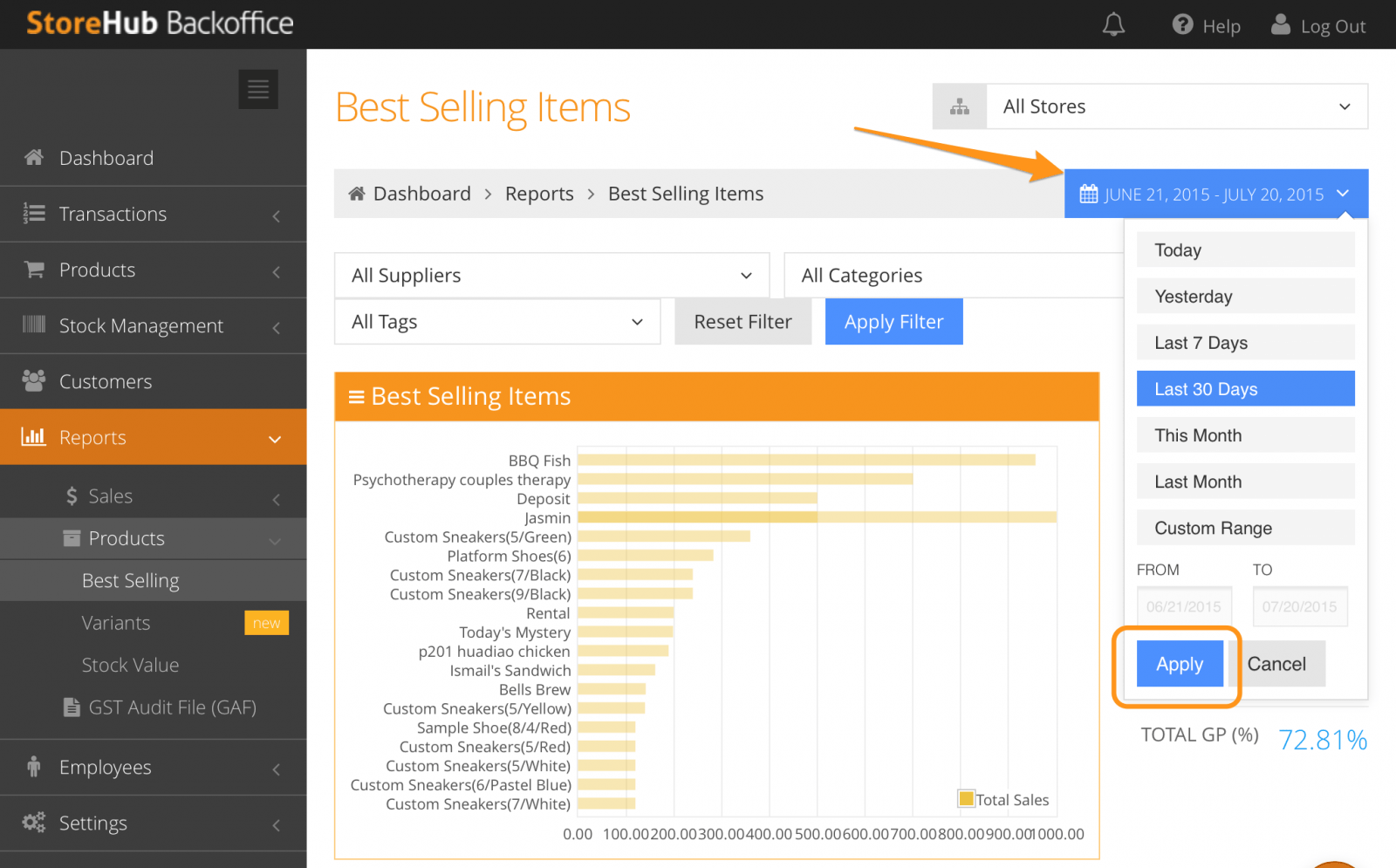
Transactional data is the information that’s recorded during a transaction or sale. This non-invasive way of collecting data can tell you a lot about your customers. Use your transactional data to see the following:
- Best-selling selling products
- Worst-selling products
- Peak hours
- Off-peak hours
- And more!
You can use all this transactional data to improve your staff’s shift times, what to keep restocking, what to stop selling, and more.
To do this, you’ll need a back office for your business that can give you all these insightful bits of information. For example, the StoreHub BackOffice comes with real-time reports that let you access all the important data you need, wherever and whenever.
2. Engaging quizzes

Have you ever taken a BuzzFeed Quiz before?
Most people have. They’re fun and easy to do.
These sort of interesting and engaging quizzes are a great way to get psychographic data on your customers. This refers to their psychological features such as personality, values, opinions, lifestyles, and so on. So while demographics tell you who your customer are, psychographics tell you why your customers buy.
Using quizzes to find out these things about your customers will help your business in many ways.
For example, through a fun quiz on the sort of salad a person prefers, you find out that the majority of people who answered prefer Thai mango salads over Caesar salads. What you can do for your business is then to stock up on Thai mango salad ingredients.
3. Customer Loyalty Programme
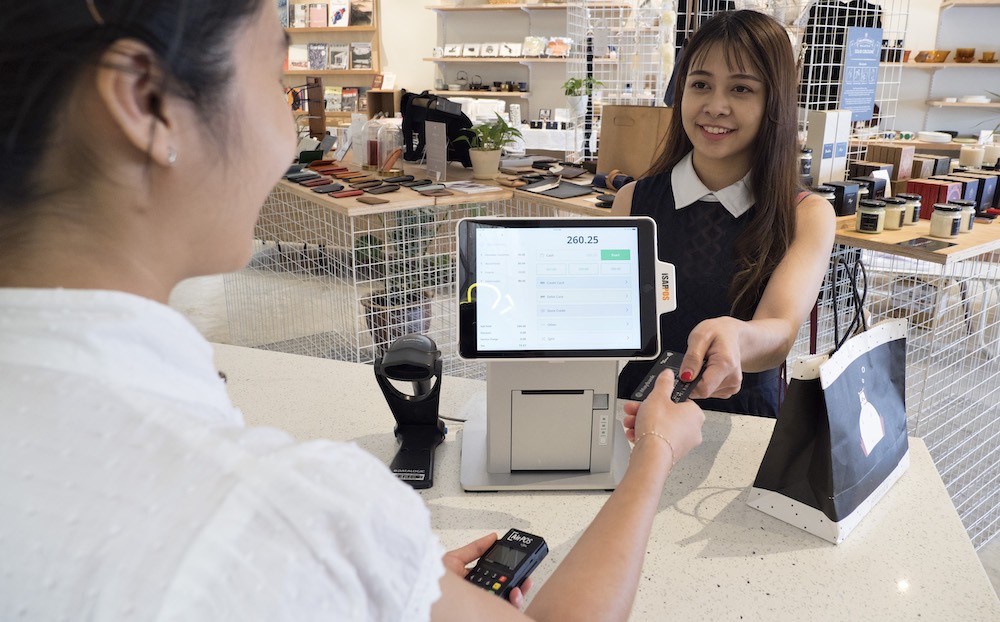
A customer shopping profile is very valuable for a business.
But, how do you get your customers’ shopping profiles?
Easy, you create a loyalty programme!
One reason why big businesses have loyalty programmes is so that they can capture shopping habits and behaviours of what, when, why, how, and what their customers buy.
Not to worry, a small business can do this too, with the right technology.
For example, business owners can use StoreHub’s fully integrated loyalty programme to collect customer data automatically upon checkout (no more asking for contact details manually), offer customised rewards, and send customers SMS reminders to keep coming back to your store!
4. Surveys

People do not like most surveys.
However, surveys can give you valuable information about your brand and its products.
Surveys tell you how people perceive you, what they like about you, what they don’t like about you, and more. And most importantly, surveys let you know why customers act the way they do. This data will help you improve your customer experience so shopping is easier, and your sales can increase.
Some things to consider when you run a survey:
- Time spent filling out the survey
- Types of incentives to offer
- Informing the customers on how the information collected will be used
5. Focus groups and customer panels

Focus groups and customer panels are great ways to collect customer data.
- Focus groups happen once. A group of people tell you their thoughts on your products then leave.
- Customer panels are ongoing. The same group of people gives you feedback at different points in time as your brand and product change.
Setting up either of these groups isn’t easy, especially when your customers ask: “What’s in it for me?”. What you can do to get your customers to participate is to offer free products, coupons, discounts, or a cash reward.


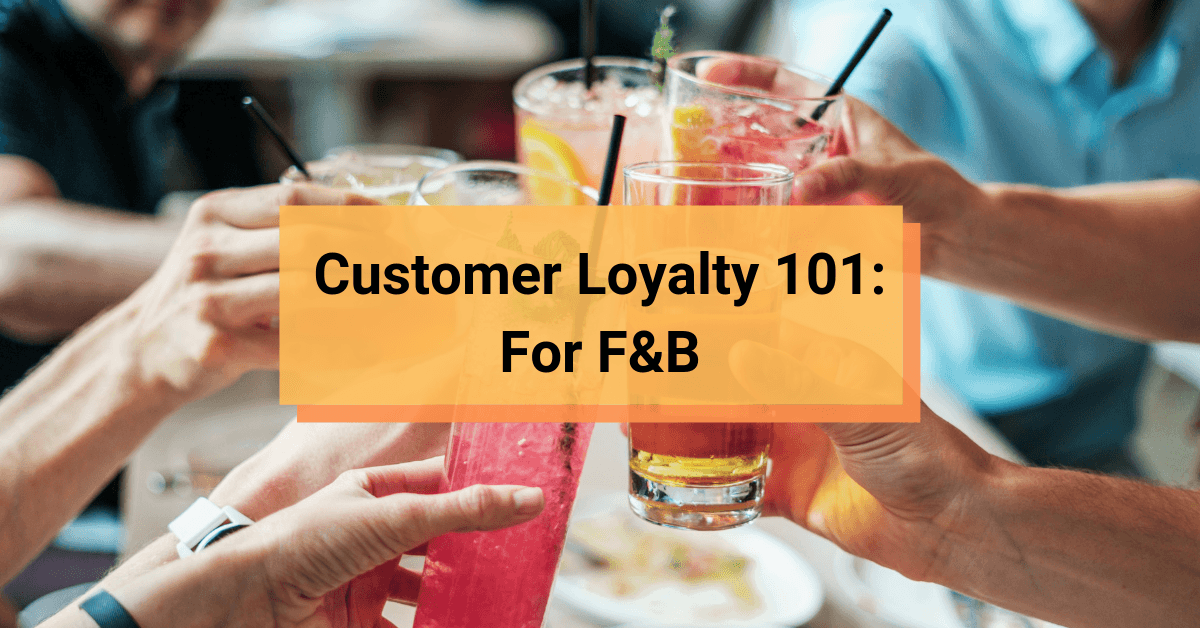
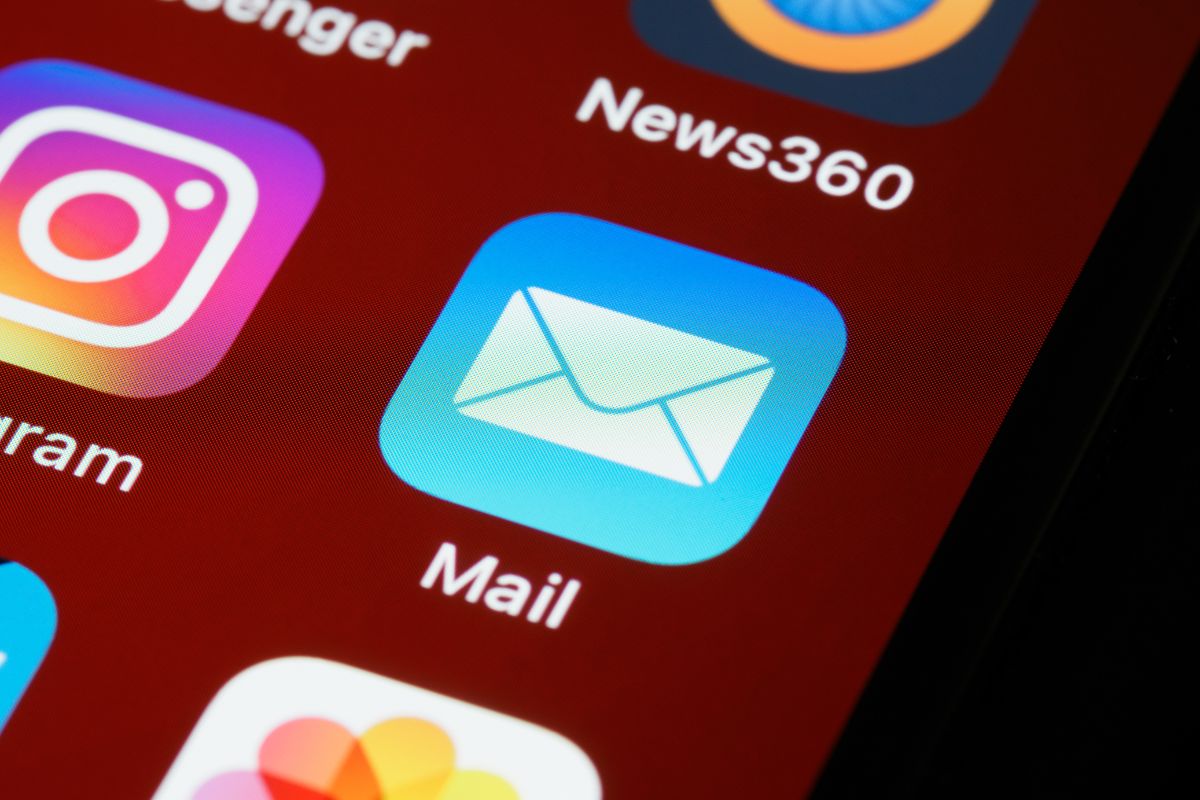
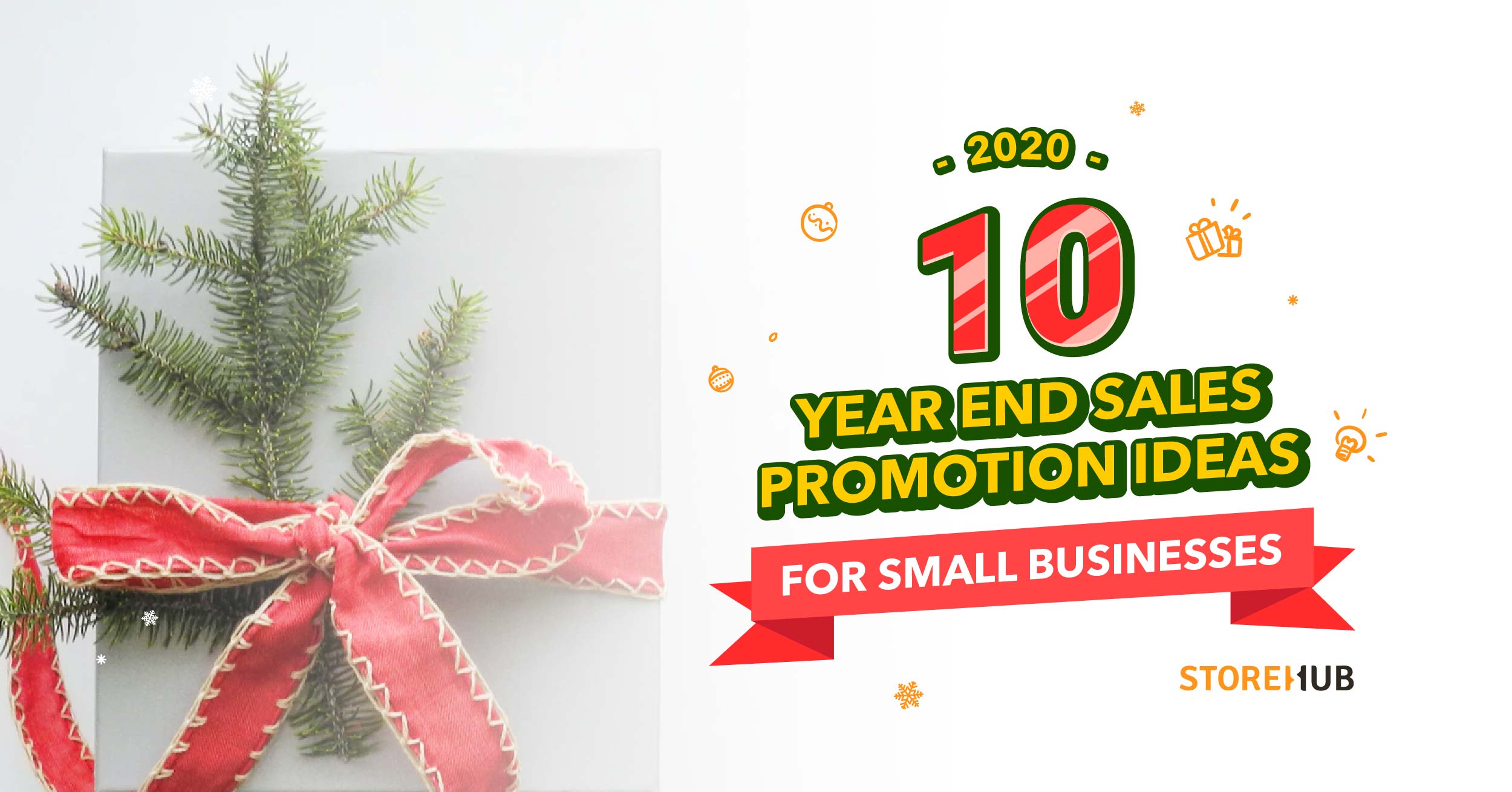
Recent Comments